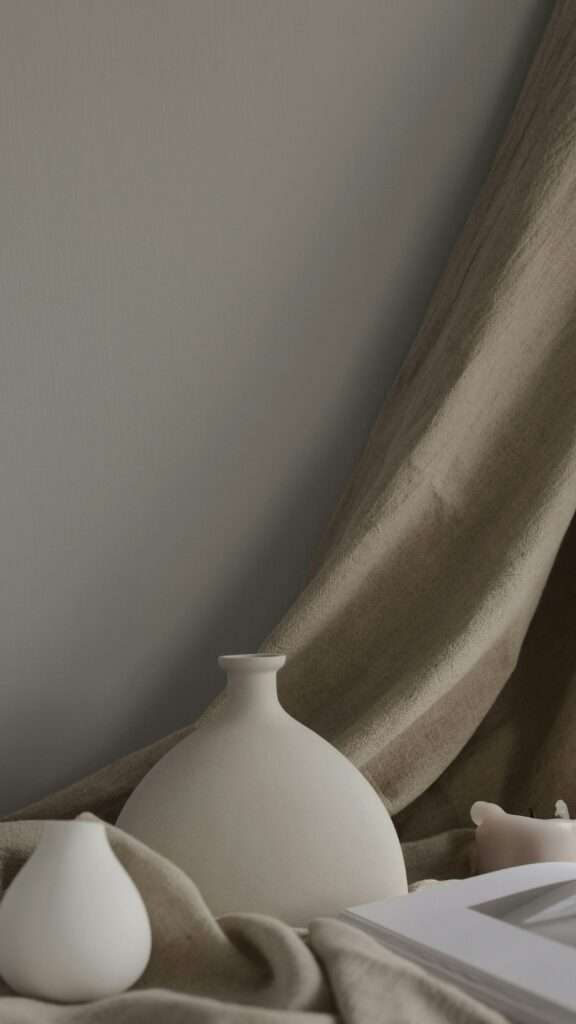Color drenching is the latest paint trend in the world of interior design that is set to become the next big thing for design enthusiasts. Unlike the more known and popular trend of an accent wall, color drenching adds color to every corner of the room—walls, ceilings, furniture, accessories, you name it.
This trend is on the opposite end of the current minimalist interior designs we see all over social media. It is not for the ones who shy away from change or brightness, but it is worth trying for those who prefer being at the forefront of trends before they become mainstream.

It is a great opportunity to visually expand the space by blurring the line where the ceiling and the walls meet. It creates the look of an airy backdrop, especially in smaller spaces.
Besides being one of the most fun contemporary trends, color drenching also is a great opportunity for you to save money by using the same paint on every surface. If you are afraid it might be boring, don’t worry, interior designers have already thought it through. You can opt for different paint finishes—matte or glossy—to create more dimension instead of color variety.

There are, however, a few rules to color drenching. First, experts recommend to choose a room for this trend carefully. It shouldn’t be a focal point of the house, but rather more of a cozier and smaller room for you to spend time in. Another rule—or rather a piece of advice—when choosing the color, make sure it’s the one that you enjoy, as you will be seeing a lot of it.
But as with any home renovation trend, color drenching might be intimidating at first to commit to fully. So why not test it out first? It can be as simple as painting the test patch on a wall and seeing how it looks at different times of the day—with natural light and artificial light. From there making a choice will be much easier.
Now that you have chosen the color that you enjoy the most, it’s time to focus on the furnishing. Although it needs to be the same color as the rest of the room, you can experiment with the shades—whether to choose lighter or darker shades depends on the shade of the walls. If you have dark blue walls, furniture should have a lighter blue finish. And the other way around—if you painted walls light pink, make sure your furniture is a darker pink color.
Or if choosing furniture of the same color seems daunting, you are free to choose other colors, but it’s better to stick to more natural and less intense ones, like white or wooden, as they would not overwhelm the room. However, instead of experimenting with color, you can play around with textures and forms of furniture.
Finally, the last question, can color drenching be done without the help of a professional? It is hard to give a definite answer on this one, as it really depends on one’s level of experience with all things design, but there is always a first for everything, right? So why not let the color drenching trend be your first attempt at designing your room?
On the other hand, a professional will know exactly what to do and will be able to help you make the best out of it by recommending shades and advising on what works best together.








